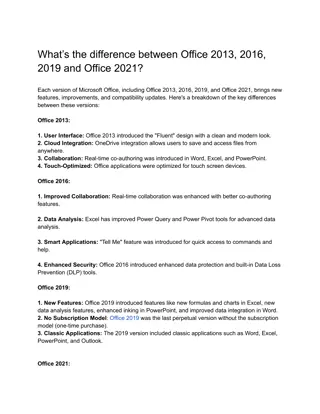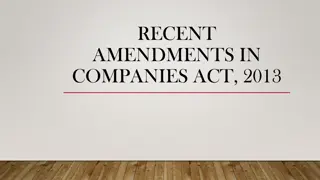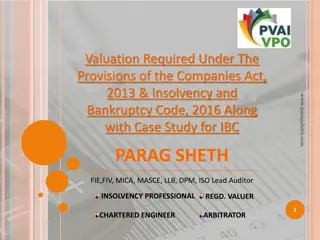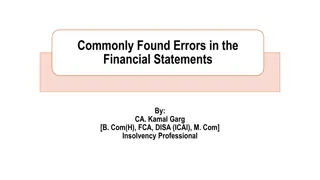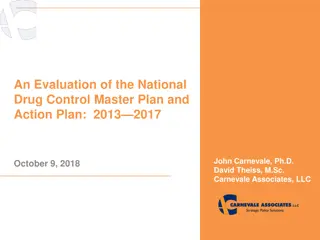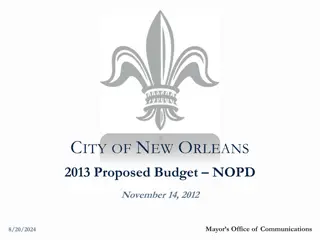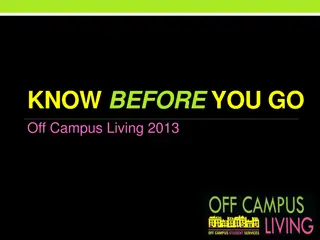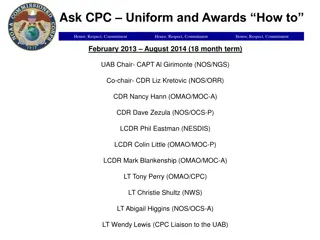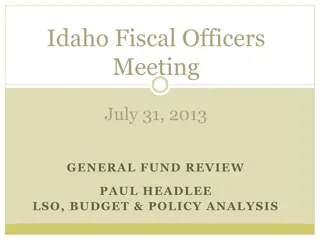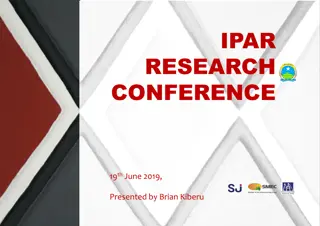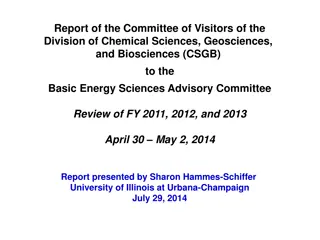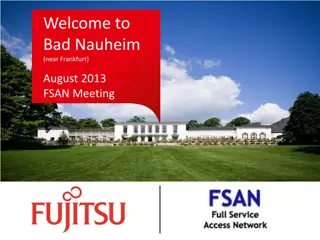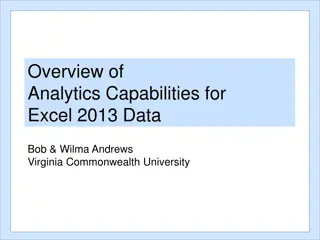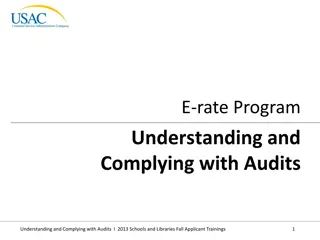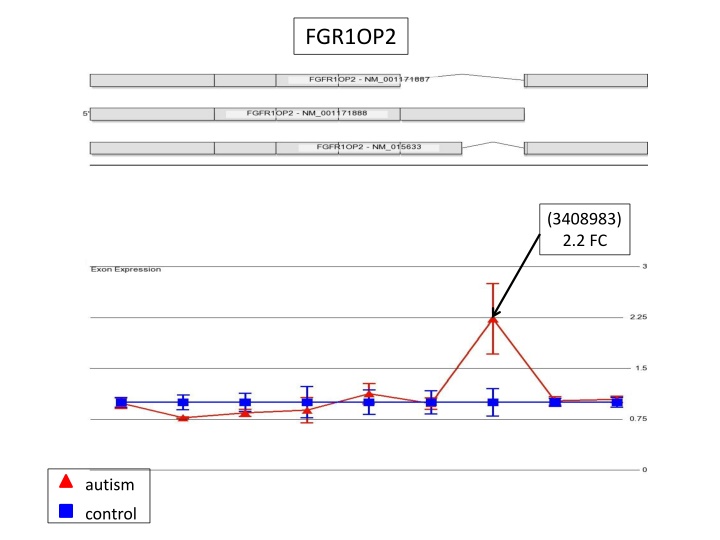
Differential Exon Expression in Autism Study: Comparing LCL and Brain Samples
Explore differential exon expression in autism research, comparing lymphoblastoid cell lines (LCL) with brain samples from individuals with autism spectrum disorder (ASD). Discover insights into alternative gene expression and splicing patterns in both sample types, shedding light on potential molecular mechanisms underlying autism.
Uploaded on | 0 Views
Download Presentation

Please find below an Image/Link to download the presentation.
The content on the website is provided AS IS for your information and personal use only. It may not be sold, licensed, or shared on other websites without obtaining consent from the author. If you encounter any issues during the download, it is possible that the publisher has removed the file from their server.
You are allowed to download the files provided on this website for personal or commercial use, subject to the condition that they are used lawfully. All files are the property of their respective owners.
The content on the website is provided AS IS for your information and personal use only. It may not be sold, licensed, or shared on other websites without obtaining consent from the author.
E N D
Presentation Transcript
FGR1OP2 (3408983) 2.2 FC autism control
SMAD2 (3806939) 1.4 FC autism control
PLA2G6 (3960417) 1.3 FC autism control
ST7L (2428357) 2 FC autism control
KTN1 (3536962) 1.8 FC autism control
Supplementary Figure 4S.Examples of similar differentially expressed alternatively expressed genes in LCL (our study) compared with ASD brain samples. Differential alternative splicing of 212 genes has been recently identified in autism brain samples using high-throughput RNA sequencing (RNA-Seq) (Voineagu et al., 2011). We found differential exon expression for 78 of these genes in our autism group compared with controls (Supplementary Table 2A). Plots representing exon level expression for five genes whereby the same exon was differentially expressed in both LCL and autism brain samples are shown. Graphs were generated by Partek.

